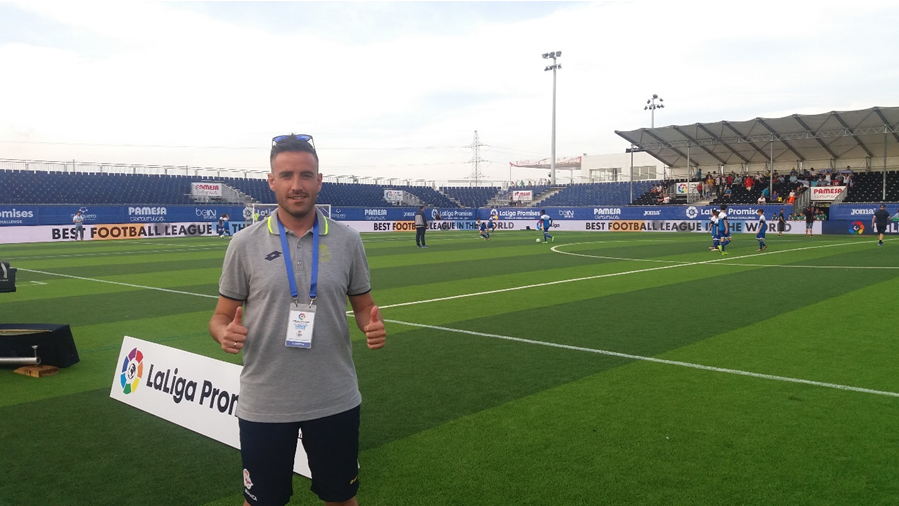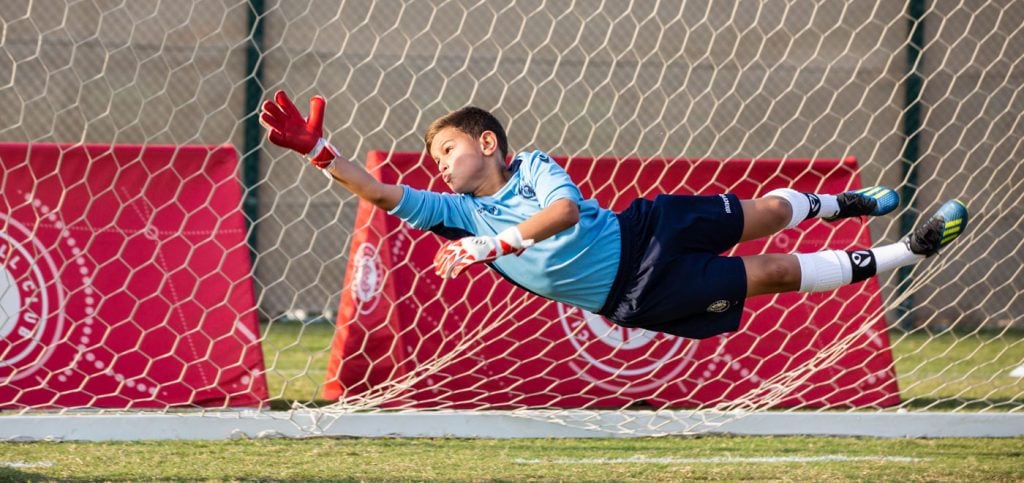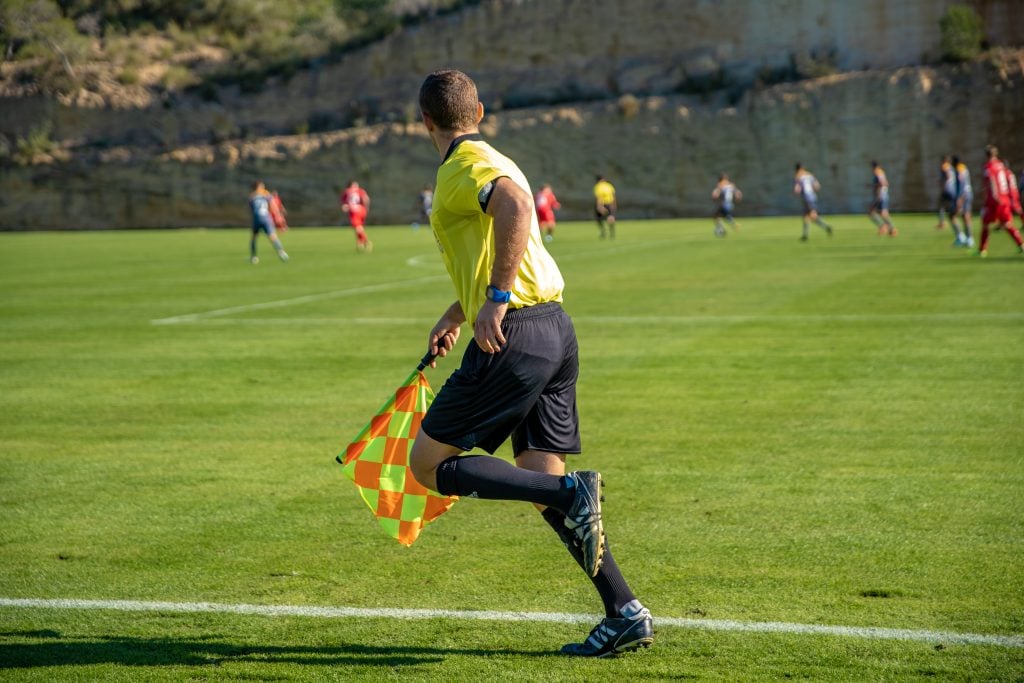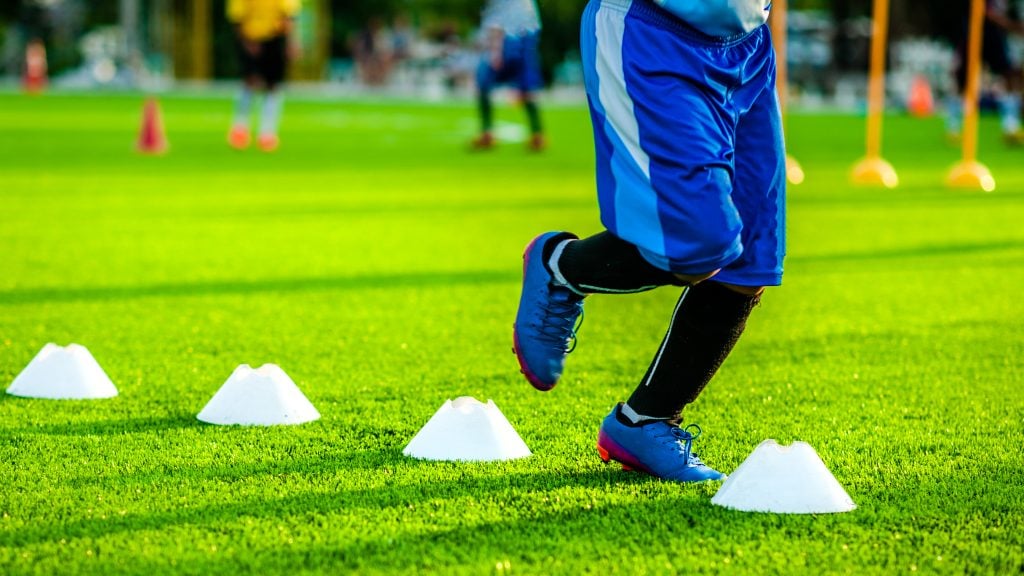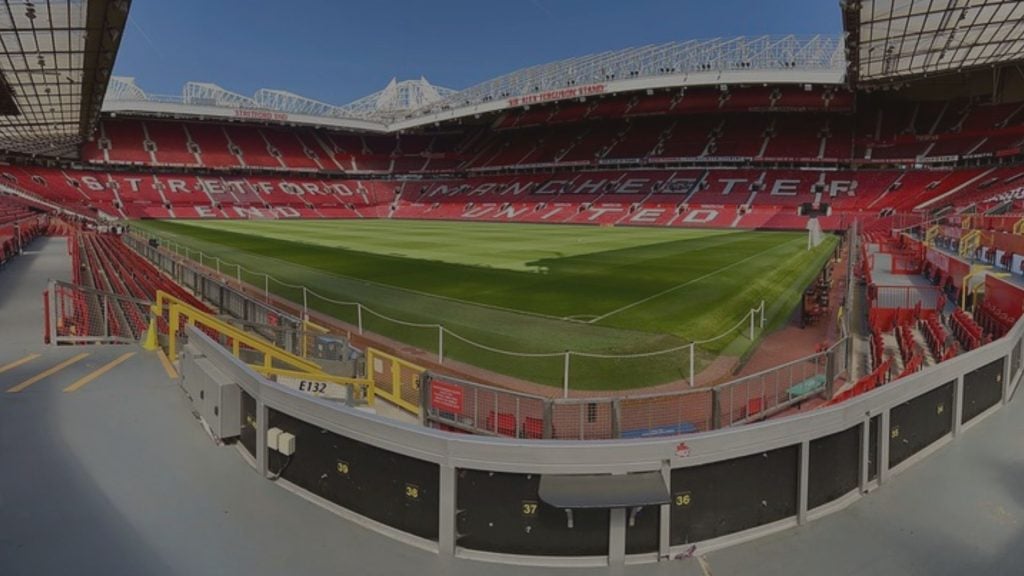From its beginnings as an unregulated sport, to its present-day status as a global phenomenon, we have seen how teams have developed different soccer strategies and formations in order to achieve an advantage over their opponents.
In this article, we’ll explore the best strategies and playing systems in the soccer world, from the different types of defensive lineups to the more offensive ones. In addition, we’ll discuss and analyze the tactics associated with each of them. Let the game begin!
Soccer formations and playing systems: What are they?
In the first half of this “match”, we’ll focus on making sure we understand the basic concepts of formations and playing systems. In soccer, formations refer to the physical organization of the players on the field at any given moment. In many ways, it’s as if it were a type of puzzle that the trainer or coach has to piece together before the match starts.
On the other hand, a playing system is the tactical strategy that a team seeks to employ during the game in order to achieve its objectives.
Football tactics vs. football technique: Key differences
It’s imperative that we establish the difference between soccer tactics and soccer techniques. Soccer techniques refer to a player’s individual skills, such as ball control, dribbling, and shooting. These skills are given high priority in football camps, where coaches seek to find and develop each person’s individual strengths and abilities. For this reason, if you’re considering becoming a professional player, then developing the right soccer techniques is essential, and soccer camps are a great place to start.
Soccer tactics, on the other hand, are what you need to put into practice in order to win games. It centers on how a team will use its collective skills to attempt to defeat the opponent. Playing systems and soccer formations are both key tactical elements that determine how the match will unfold.
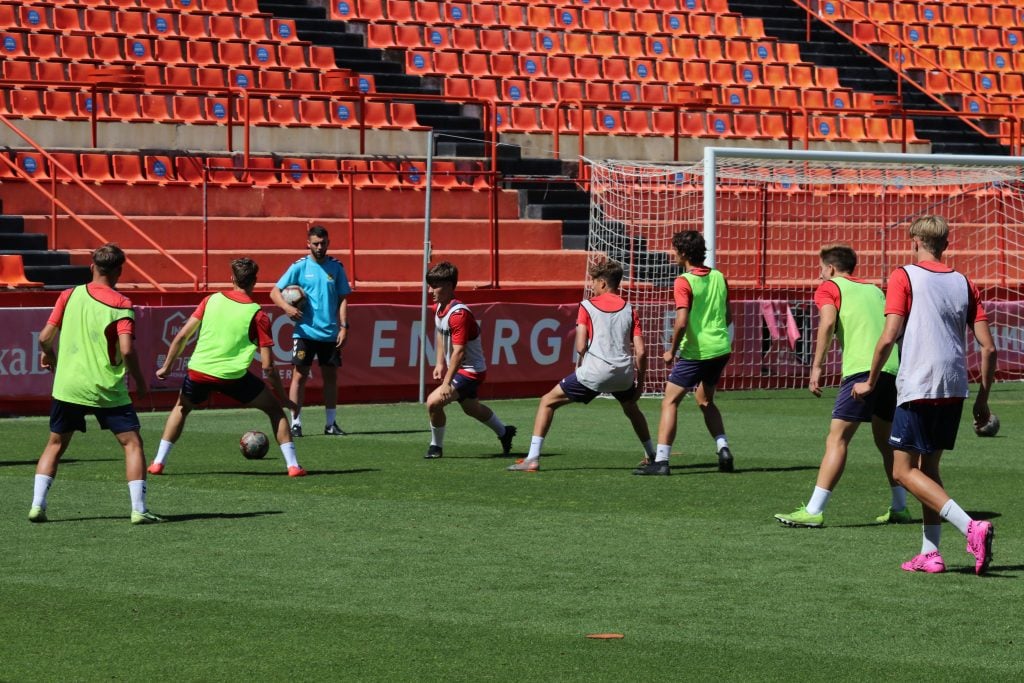
A Classification of Soccer Formations
Soccer formations in soccer vary according to the positional organization of players throughout matches. They fall into three main categories: defensive formations, balanced formations, and attacking formations. We’ll now summarize each of them for you:
Defensive soccer formations
- 5-4-1: This soccer formation consists of five defenders, four midfielders, and a striker. It’s a very solid defensive system that seeks to limit space for the opposing team and make it difficult for them to score.
- 4-5-1: This is similar to the 5-4-1, but with one defender less. However, it still focuses on defensive solidity and seeks to control the midfield area.
- 5-3-2: This defensive formation uses three midfielders in the center of the pitch to create a compact unit. It can be effective in matches where the team is trying to hold on to their lead.

Balanced formations in soccer
- 4-4-2: This is one of the most classic and versatile formations, comprising four defenders, four central midfielders, and two forwards. This formation provides a good balance between defense and attack, and this is why it’s currently considered the best formation.
- 4-3-3: This formation is made up of three forwards, three midfielders, and four defenders. It’s a system that encourages attacking play and helps to put pressure on the opponent in their own half. This is currently the most widely used formation in the football world.
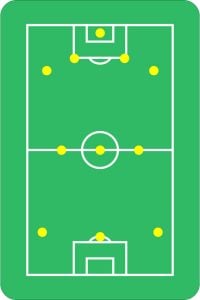
Attacking soccer formations
- 3-4-3: With three strikers and four midfielders, this set-up has a clear focus on both attacking and high pressing.
- 3-5-2: This is similar to the 3-4-3 formation, but features two strikers instead of three. It retains an attacking approach at all times.
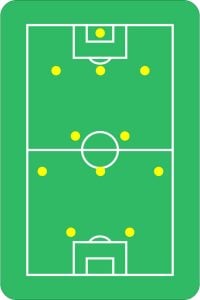
Tactics associated with each formation
Each formation has specific soccer tactics associated with it, which the teams can use to optimize their on-field positioning.
In the “second half” of this article, we’ll now describe these formation-specific tactics in detail.
1. Defensive soccer formations
Among the different defensive soccer formations, we find:
- Counter-attacks: Teams that use defensive soccer formations often seek to counter-attack swiftly when they win the ball back. This capitalizes on their defensive solidity and allows them to surprise their opponents.
- Low pressing: Pressure is exerted close to the team’s own penalty area in order to prevent the opposing team from getting into dangerous areas.
- Compactness: Players stay close to each other to close down space, thus making it more difficult for the opponent to advance.
2. Balanced soccer formations
With this type of formation, we find the following tactics:
- Possession and ball control: These soccer formations focus on gaining possession of the ball and controlling the tempo of the game, backed up by a solid midfield.
- Fast transition play: This type of tactic takes advantage of the versatility of the defensive, midfield, and forward lines in order to launch quick counterattacks.
- Midfield pressing: This type of pressing seeks to recover the ball and create attacking options.
3. Attacking formations
And, lastly, we’re going to take a look at the tactics used in attacking soccer formations:
- High pressing: This tactic focuses on winning the ball back as high up the pitch as possible, putting pressure on the opponents in their own half.
- Width and depth: This type of formation will seek to use the width and depth of the pitch to stretch opposing defenses.
- Player rotation and movement: Players in attacking positions will be constantly moving, switching positions in order to confuse the opposing defense.
If you play soccer and would like to get to know more about these concepts, put them into practice, and even become a great coach, then you should think about joining a high-performance soccer academy. You won’t only improve your movement on the pitch, but you’ll also receive theoretical training to help you get to know each and every aspect of the sport.
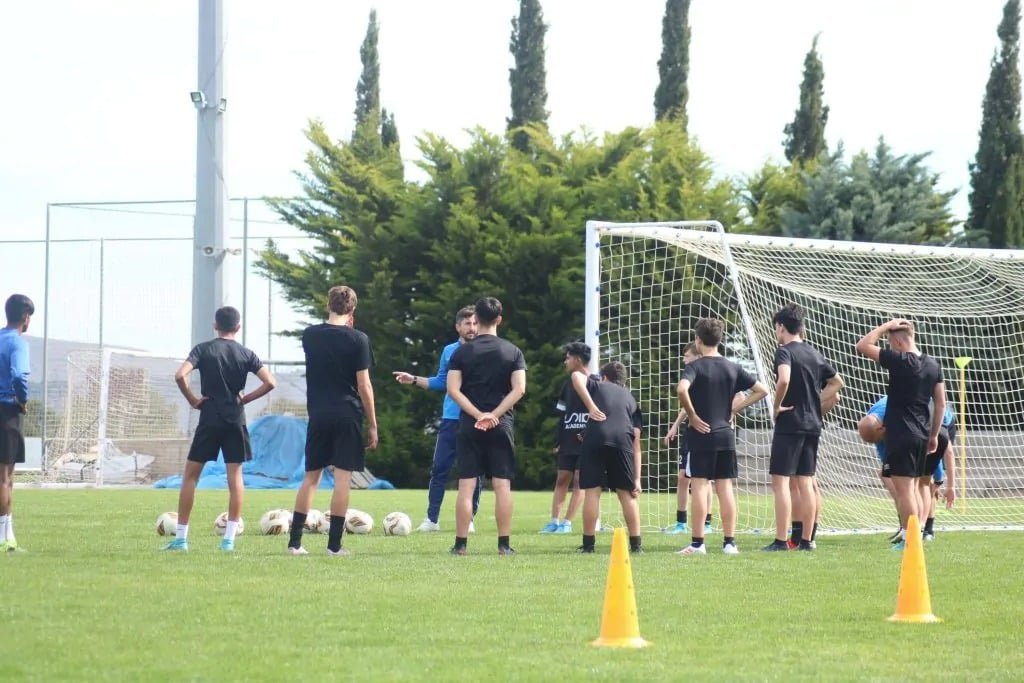
Adaptability and tactical flexibility
Adaptability is a crucial characteristic in our modern-day tactics-based soccer and it has become a decisive factor in a team’s overall success. Having a fixed playing system is no longer enough; football matches are dynamic and changing, and a successful team must be able to adapt to changing circumstances as and when they occur. Here are some key aspects that outline and highlight the importance of tactical adaptability in soccer:
- Changes in formation: Teams must be willing to change their formation to suit the match circumstances at any given time. This may involve replacing players or tweaking the players’ positions. For example, a team that is losing might choose to play an additional striker, or could opt to strengthen its defense.
- Changing tactics: A team’s tactics may vary according to the opponent and the current match situation. A team may start out playing aggressively with high pressing and then switch to a more defensive formation if they’re winning. Being able to change soccer tactics effectively is critical in order to neutralize the opponent’s tactics and approach.
- Changing player roles: Players must be willing to take on different roles on the field as required by the team as a whole. A midfielder can play either defensively or in a more attacking role depending on the requirements of the team at that time. This versatility is invaluable when a team needs to adapt to changing situations.
- Dealing with different playing styles: Each opponent often has its own unique way of playing. Some teams may be proficient at controlling the ball and keeping possession, while others may rely on quick counter-attacks. An adaptable team must be able to cope with, and respond to, these different ways of playing, adjusting its approach accordingly.
- Strategic planning: Tactical adaptability also requires sound strategic planning. Coaches must have a thorough knowledge of their own team and the opponent, as well as the ability to develop suitable formations – flexible strategies that can be tweaked and tailored as and when needed.
- Communication and coordination: In order for a team to be truly adaptable and flexible, player communication is essential. They must be able to communicate effectively in order to adjust their tactics and coordinate their moves.
Conclusion
The evolving world of football playing systems and on-field formations is a fascinating subject that highlights just how much this sport has evolved and become more complex and intricate over time, and you can even acquire soccer formation apps to help you with your lineup.
Nowadays, coaches and players are required to immerse themselves in an in-depth study of each and every aspect of the game. Not only is their own performance analyzed, but a thorough analysis of the opponent’s style of play is also essential in order to increase their chances of winning. In an ever-evolving sport, the ability to both adapt to and anticipate the opponent’s tactics has become a key element for success.
Full time!
References
1.https://www.revistas.una.ac.cr/index.php/mhsalud/article/download/5323/5147
2.https://futbol-pro.com/diccionario-futbol/alineaciones



